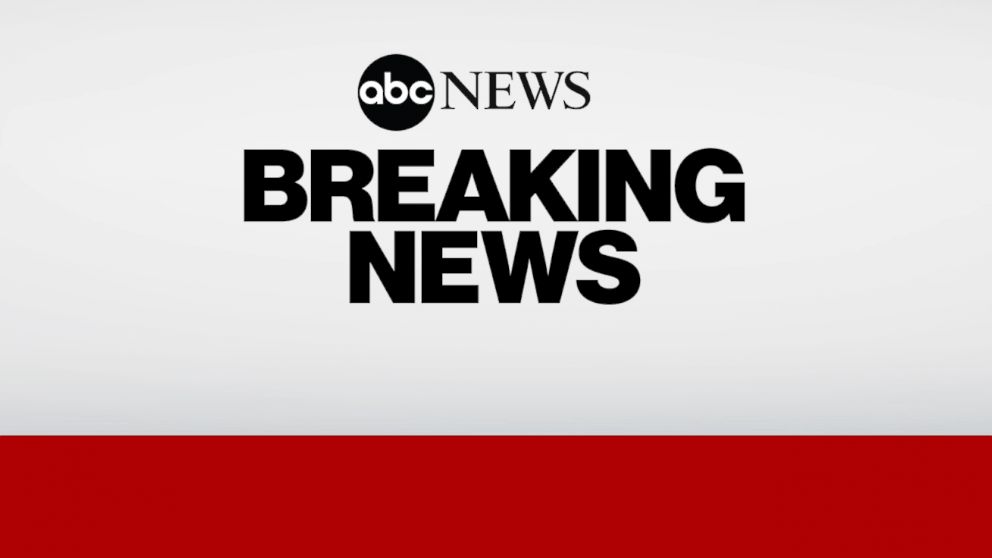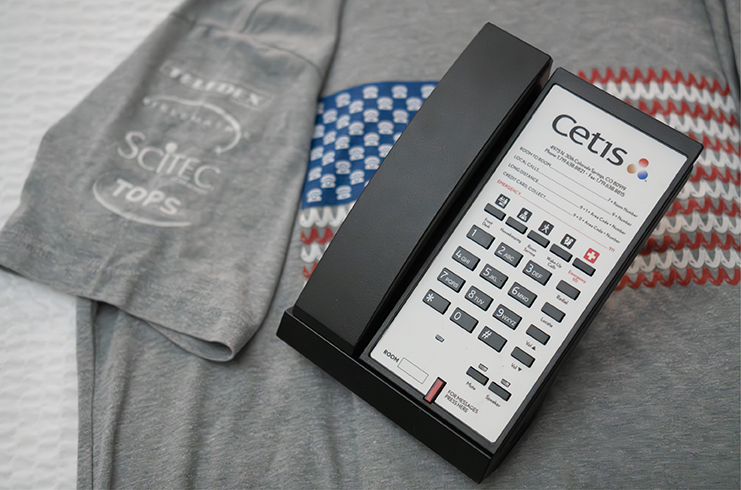Fed, Powell set to hold ground despite pressure from Trump
The Federal Reserve’s interest rate committee will meet Tuesday and Wednesday this week, and the central bankers appear set to keep rates where they are despite criticism from President Trump and price pressures mounting from his trade war. Markets are confident the Fed will maintain its hold after pausing cuts during its January and March...

The Federal Reserve’s interest rate committee will meet Tuesday and Wednesday this week, and the central bankers appear set to keep rates where they are despite criticism from President Trump and price pressures mounting from his trade war.
Markets are confident the Fed will maintain its hold after pausing cuts during its January and March meetings. One prediction algorithm based on futures contract prices put the probability of the Fed keeping interbank lending rates steady at 98.2 percent Monday.
That confidence is underpinned by some strong fundamentals that came in the economic data last week, including inflation that eased to a 2.3-percent annual increase and 177,000 jobs added to the economy in March, along with unemployment that stayed even from February to March at 4.2 percent.
However, economists and businesses have been warning that higher prices are coming as a result of tariffs from the White House, which are at their highest overall levels in more than a century.
Even President Trump acknowledged the coming price squeeze last week and has been telling the central bank to start cutting rates again in order to offset those effects.
“The Fed should lower its rate!!!” Trump wrote Friday on social media.
“This would be a PERFECT time for Fed Chairman Jerome Powell to cut interest rates,” he wrote last month. “Cut interest rates, Jerome, and stop playing politics!" Trump said of his fellow Republican.
Trump shifted his argument about the price effects of tariffs last week, switching from the position that “tariffs don’t cause inflation” to one conceding that consumer goods “will cost a couple of bucks more than they would normally.”
The president has also shifted from his campaign promise to bring prices down rapidly to urging Americans that there is more to economic success than buying lots of cheap products. Trump took flack last week for suggesting American children could get by with fewer dolls at higher prices.
“I’m just saying they don’t need to have 30 dolls. They can have three. They don’t need to have 250 pencils. They can have five,” Trump reiterated in an interview with NBC's Kristen Welker that aired Sunday on "Meet The Press."
The change followed a contraction in first-quarter gross domestic product (GDP) of 0.3 percent annualized, shy of the 0.4-percent growth economists were expecting and a marked downturn from the 2.8-percent growth of the U.S. economy over the course of 2024.
While the contraction was exacerbated by a 41-percent pretariff surge in imports, which are a subtraction in the overall GDP calculation, the advance purchases likely imply an additional falloff in demand that is an even greater concern for commercial economists.
“This artificial front-loading of demand sets the stage for a sharper demand cliff in [the second quarter] — a far more troubling phase of the ongoing economic slowdown,” EY economist Gregory Daco wrote in an analysis last week.
Trump said Friday the economy was in a “transition stage” and “just getting started” after Wednesday’s GDP flip.
Trump’s change in messaging and increased pressure on Powell follows some strong language from the Fed chair on the economic consequences of tariffs, which he described in April as “significantly larger than anticipated” after calling the tariffs’ price effects “transitory” in March.
“The level of the tariff increases announced so far is significantly larger than anticipated. The same is likely to be true of the economic effects, which will include higher inflation and slower growth,” Powell told the Economic Club of Chicago last month.
Investors have noted Powell’s change in tone.
“Powell's tone on the outlook has noticeably shifted since the March [Federal Open Market Committee] meeting,” Deutsche Bank analyst Brett Ryan and others wrote in a Friday commentary.
While Powell has made no secret of the inflationary effects he expects from the tariffs, Deutsche Bank analysts are picking up on some increased policy sensitivity in Powell’s April remarks, suggesting the potential for accommodation on the part of Fed.
“Powell has emphasized it is the Fed’s ‘obligation’ to ensure tariff-driven inflation does not become more persistent. Many of his colleagues have adopted a similar tone,” they wrote.
There is substantial disagreement among top investment banks about when the Fed will resume cutting interest rates. While the base case for Deutsche Bank is for the next cut to be in December followed by two more cuts in early 2026, Goldman Sachs bankers think cuts will start in July.
“We think it will take a couple of months for enough hard data evidence to accumulate to make the case for a cut,” Goldman Sachs U.S. economist Jan Hatzius wrote Sunday. “As a result, we are forecasting three consecutive [quarter-point] rate cuts in July, September, and October.”
Economic data in the coming months will be crucial, as the general contours of Trump’s trade war appear to be in place, with the U.S. and China digging in on their respective positions.
Trump’s trade actions span a 10 percent general tariff, triple-digit tariffs on China that have been largely reciprocated, and industry-specific tariffs on autos, lumber, metals and a variety of other goods. Trump announced additional tariffs over the weekend on foreign-produced motion pictures, a move that could have major implications for the entertainment industry.
The trade actions have “[ended] up in near-universal US tariffs on April 2 and bringing effective tariff rates to levels not seen in a century,” economists for the International Monetary Fund wrote in an April outlook.
The U.S. bond market saw an unusual sell-off following the announcement of Trump’s “Liberation Day” tariffs, though yields have subsided in recent weeks. However, the yield on the 10-year Treasury jumped back above 4.3 percent last week following Wednesday’s contraction in GDP.
While Chinese officials are reportedly not considering large-scale dumping of U.S. bonds, which are the foundation of China’s $3.2 trillion in foreign reserves, they are looking at U.S. mortgage-backed securities, along with potential ownership stakes in nationalized mortgage backers Fannie Mae and Freddie Mac, as alternative to Treasuries, the Financial Times reported last week.













![|ー ▶︎ [ Wouldn't it be easier if you could trace your data structure with lines? ] ー,ー,ー;](https://media2.dev.to/dynamic/image/width%3D1000,height%3D500,fit%3Dcover,gravity%3Dauto,format%3Dauto/https:%2F%2Fdev-to-uploads.s3.amazonaws.com%2Fuploads%2Farticles%2F2k02ska8tyhhnijercgq.png)
![[The AI Show Episode 146]: Rise of “AI-First” Companies, AI Job Disruption, GPT-4o Update Gets Rolled Back, How Big Consulting Firms Use AI, and Meta AI App](https://www.marketingaiinstitute.com/hubfs/ep%20146%20cover.png)






_Brian_Jackson_Alamy.jpg?width=1280&auto=webp&quality=80&disable=upscale#)























































